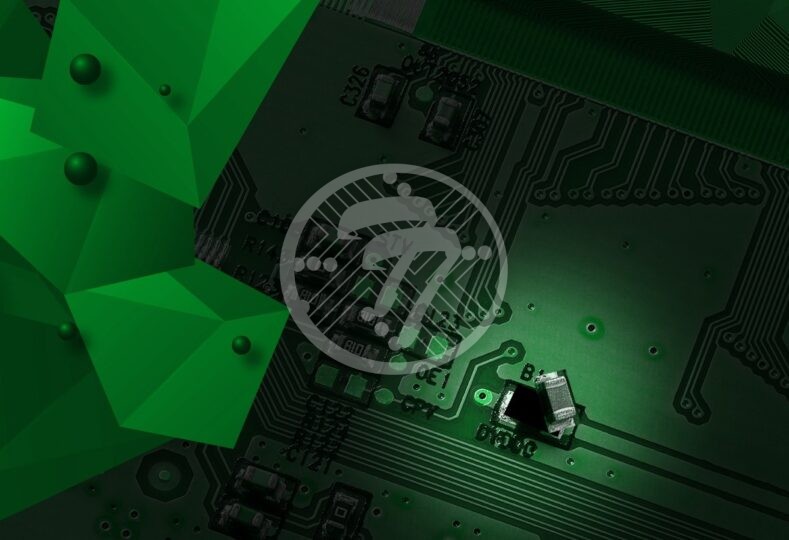Find out what causes PCB tombstoning and how to prevent it!

If there is one place you do not want a tombstone, it has to be in your PCB. As its name suggests, tombstoning refers to those large, slanting slabs that you see in a cemetery. Except that in your PCB, the tombstoning is caused by a surface mount passive component such as a resistor or a capacitor that partially lifts from a pad and stands on end and resembles a tombstone. This happens frequently, especially when you have two-pin, passive components like resistors, capacitors and inductors. However, tombstoning isn’t limited to passive devices alone.
Reasons for PCB Tombstoning defect
Some of the reasons that cause tombstoning to occur include:
- Different wetting speed during soldering leads to imbalance in torque.
- Solder pads that aren’t designed properly.
- Erroneous placement of components.
- Inconsistency in pad size.
- Reflow oven temperature not being even.
- Chip being placed parallel to the reflow oven.
- Varying heating capacities of PCB materials.
Ways to prevent PCB tombstoning
The good news, however, is that with the right Design for Manufacturing practices, tombstoning can be prevented. Let us look at some of the DFM (design for manufacturability) best practices that can help prevent tombstoning:
Footprint Pad Size
It is imperative that the pad size for the small, passive components is accurate. In the absence of this, the thermal mass of the solder joints will be affected. If the pad has less mass, it is likely to cause the solder to reflow faster than the larger pads. It is important, therefore, that in building the CAD footprint pads, industry standards be strictly adhered to.
Footprint Construction
Another area to pay due attention to includes the footprint of the passive part. It is important that the part is centered on its origin. The spacing of the pads is also extremely important. The manufacturer’s recommendations as well as the industry standards need to be meticulously followed.
Trace routing and power planes
It is crucial that the trace routing is balanced. For example, if one pad is connected with a thin trace & the other is connected with a thick trace, the imbalance thus caused will be fatal. In such cases the additional metal will work as a heat sink & the solder paste on one pad will melt slowly than on the other.
It is also important to remember that embedding a pad within a power plane can have difficult consequences. The routing between the pads needs to be balanced. It is also necessary to use thermal ties when a pad is connected directly to a metal plane.
Additionally, it is also important to remember the following aspects:
PCB Finish
For small component sizes such as 0201 or 0402, it is best to avoid traditional hot air solder leveling or HASL, as it is popularly referred to.
Solder Mask Thickness
It is important to assess the solder mask thickness carefully so that while it masks for oxidation, it does not restrict solder movement.
Copper Coverage
Unequal copper coverage can lead to uneven heating thereby leading to tombstoning.
Stencil Design
A proper PCB stencil design will ensure that there is just about adequate solder paste as too much solder paste can lead to high torque. Also the component-to-paste overlap needs to be appropriate. Too little of it will lead to issues in adhesion. On the other hand, too much of it would lead to solder beads appearing.
PCB Testing
Importantly, robust PCB testing is extremely important so as to eliminate any costly errors at a later date. Each component needs to be tested so that the functioning of the PCB is not compromised. Some of the popular tests include:
- In-circuit testing
- Flying Probe testing
- Automated Optical Inspection
- Burn-in testing
- Other functional tests
To sum up
The above best practices will ensure that you avoid tombstoning in the small, passive parts. Additionally, it is extremely crucial that you make the choice of the right contract manufacturer who is equipped with industry best practices The right contract manufacturer will be able to create the right CAD footprint models as also ensure that the component placement and the right routing recommendations are made.
TechnoTronix is an ISO 9001:2015 certified company that delivers one-stop PCB manufacturing services with specialized support, reliable testing, and multi-functional features. In case you have any questions, please feel free to contact us via email at [email protected] or call us at 714/630-9200.






